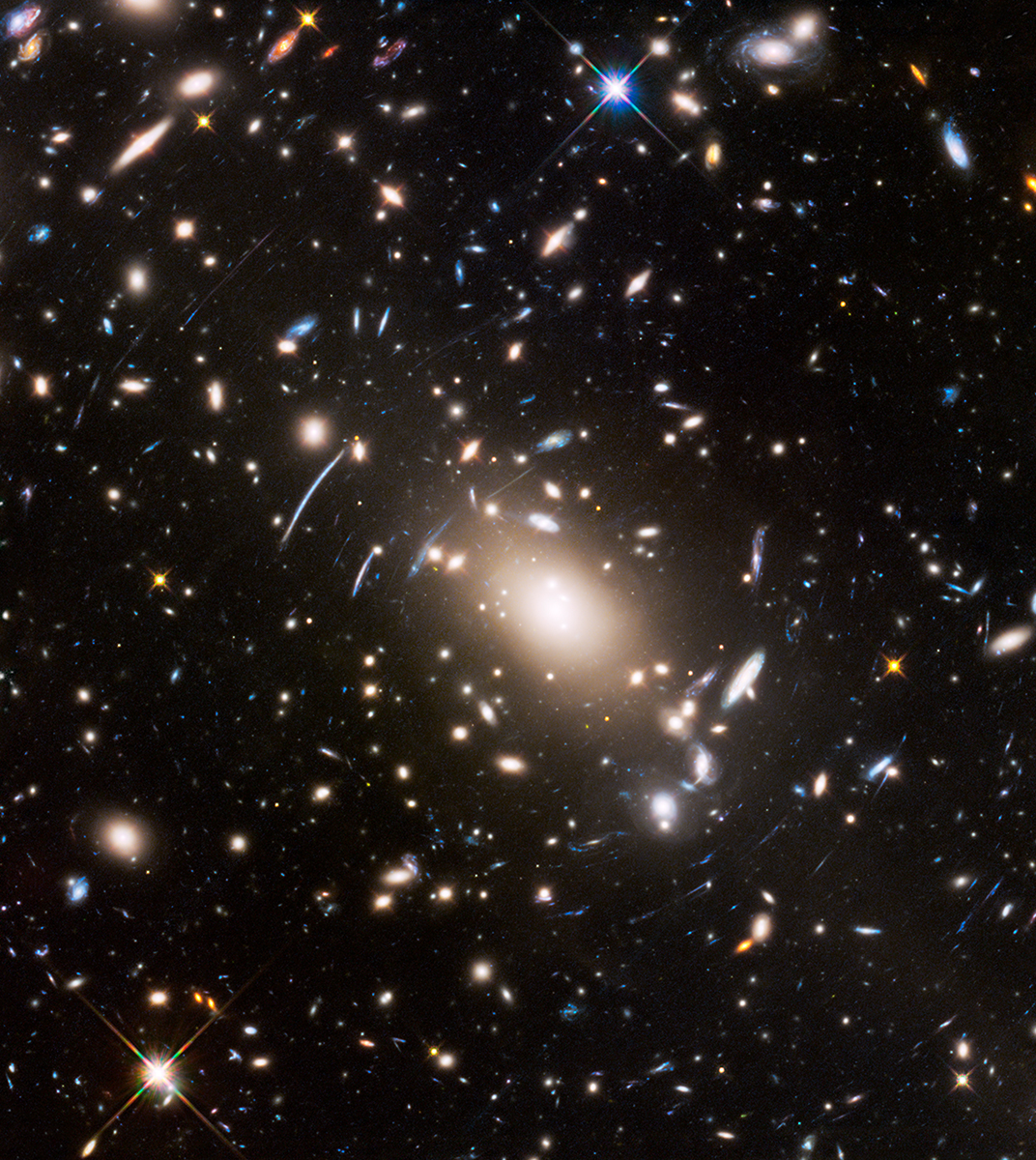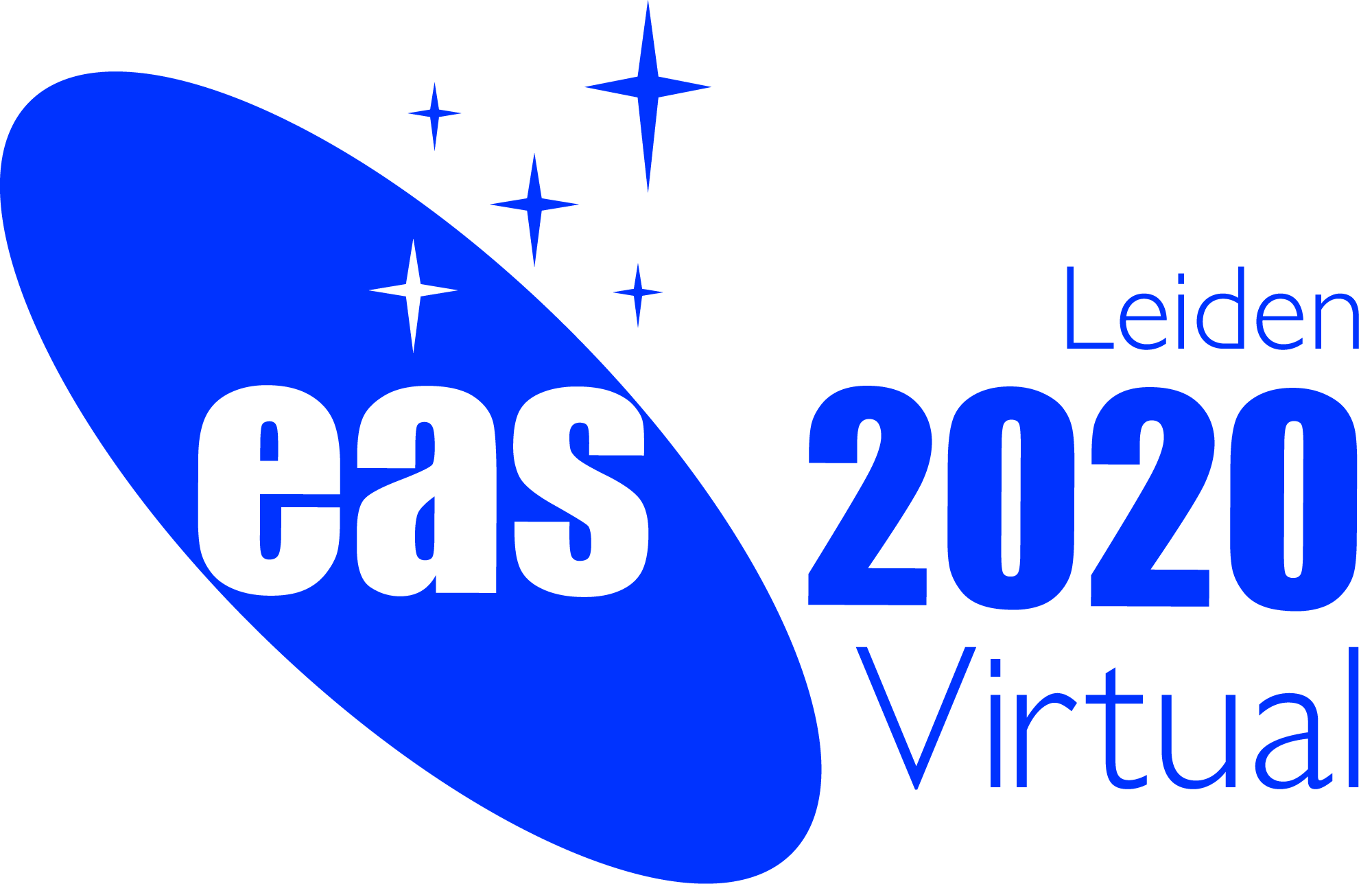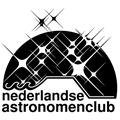Symposium S4
29 - 30 June 2020
Panchromatic and hyper-spectral observations of cluster Lenses and lensed galaxies
Aims and scope
 Gravitational lensing is one of the most precise tools to trace the total matter distribution, study assembly processes, and thus test structure formation theories. While lensing allows us to measure the total matter content of the lenses, free of assumptions regarding their dynamical state, it also provides a unique spatially resolved view of the lensed objects themselves.
Gravitational lensing is one of the most precise tools to trace the total matter distribution, study assembly processes, and thus test structure formation theories. While lensing allows us to measure the total matter content of the lenses, free of assumptions regarding their dynamical state, it also provides a unique spatially resolved view of the lensed objects themselves.
Cluster lensing importance has clearly appeared in recent ambitious Hubble Space Telescope programs (the CLASH multi-cycle Treasury project, the GLASS program, the Hubble Frontier Fields Director?s initiative, the RELICS program, and more recently BUFFALO), and with their multi-wavelength and hyper-spectral follow-ups (e.g. with ALMA and MUSE). Moreover the identification of massive galaxy clusters thanks to wide field extragalactic surveys (e.g. Planck, SPT, KIDS, DES, VHS, LOFAR) is becoming key to increase cluster statistics (discovering new clusters), to obtain a comprehensive understanding of cluster formation and evolution, and to start using them as cosmological probes.
Massive clusters acting as `Cosmic Telescope? offer a unique glimpse to distant galaxies, thanks to the large magnification factors produced over wide areas. Indeed, well-calibrated clusters as gravitational telescopes allow us to observe well beyond the observational limits of current instrumentation: the most distant galaxies, lensed supernovae and exceptionally single distant stars (through micro lensing events). As an example, measurements of the integrated galaxy UV luminosity density probe the formation of the first galaxies and the cosmic reionization epoch.
The panchromatic cluster imaging dataset (X-rays, NIR/MIR, submm/mm, radio) together with spectroscopic and hyper-spectral surveys provide complementary information to reveal the complex physics in place in these massive structures, and address key questions in particular on the nature of Dark Matter and feedback processes. With such a wealth of data, and by combining them with the latest dark matter and hydrodynamical cosmological simulations of our Universe, we can now hope to measure in a competitive way cosmological parameters, and test the Lambda-CDM paradigm while tracing clusters? distribution of substructures and cluster evolution.
The future of cluster lenses is even brighter with the continuing HST surveys including BUFFALO which is now completing its data taking, eROSITA which has just demonstrated its power of imaging the sky in the X-rays, and in the longer term with the new space missions such as Euclid and the James Webb Space Telescope, and with new ground based experiments such as DESI, SDSS-V, LSST, ASKAP, MeerKAT and the CMB-S4 experiment.
With this Symposium, we propose to bring together observers, modelers and theorists to discuss the latest developments focussing on the multi-wavelength and large field of view observations - thus addressing cluster physics, cosmology and probing the magnified Universe up to the Dark Ages.
Programme
- Gravitational Lensing Mass Modelling
- Astrophysics of Galaxy Clusters & Cluster Galaxies
- Lensed galaxies & Reionization
- Long wavelength view of the Distant Universe
- Cosmology with Clusters
- Cosmography & Simulations
- Transients
Invited speakers
- Ana Acebron (Ben Gurion University, Israel)
- Esra Bulbul (MPE, Germany)
- David Lagattuta (Durham University, UK)
- Nicolas Laporte (IoA, UK)
- Guillaume Mahler (University of Michigan, USA)
- Charlotte Mason (CfA, USA)
- Anna Niemiec (University of Michigan, USA)
- Amanda Pagul (UC Riverside, USA)
- Matthieu Schaller (Leiden Observatory, Netherlands)
- Lou Strolger (STScI, USA)
- Benedetta Vulcani (Osservatorio Astronomico di Padova, Italy)
Scientific organisers
- Mathilde Jauzac (Durham University, UK)
- Jean-Paul Kneib (EPFL, Switzerland)
- Hakim Atek (IAP, France)
- Marusa Bradac (UC Davis, USA)
- Peter Capak (Caltech, USA)
- Jose Maria Diego (Instituto de Fisica de Cantabria, Spain)
- Matt Hilton (UKZN, South Africa)
- Pascale Jablonka (EPFL, CH)
- Eric Jullo (LAM, France)
- Kavilan Moodley (UKZN, South Africa)
- Priyamvada Natarajan (Yale University, USA)
- Keren Sharon (University of Michigan, USA)
- Ian Smail (Durham University, UK)
- Charles Steinhardt (Neils Bohr Institute, Denmark)
Contact
Please contact Mathilde Jauzac ( mathilde.jauzac @ durham.ac.uk ) if you have any questions regarding this Symposium.
Updated on Tue Feb 18 07:03:48 CET 2020
|

 A power cut will shut down all EAS services on Tuesday, 10 January 2017 starting at 7:30 CET.
A power cut will shut down all EAS services on Tuesday, 10 January 2017 starting at 7:30 CET.



